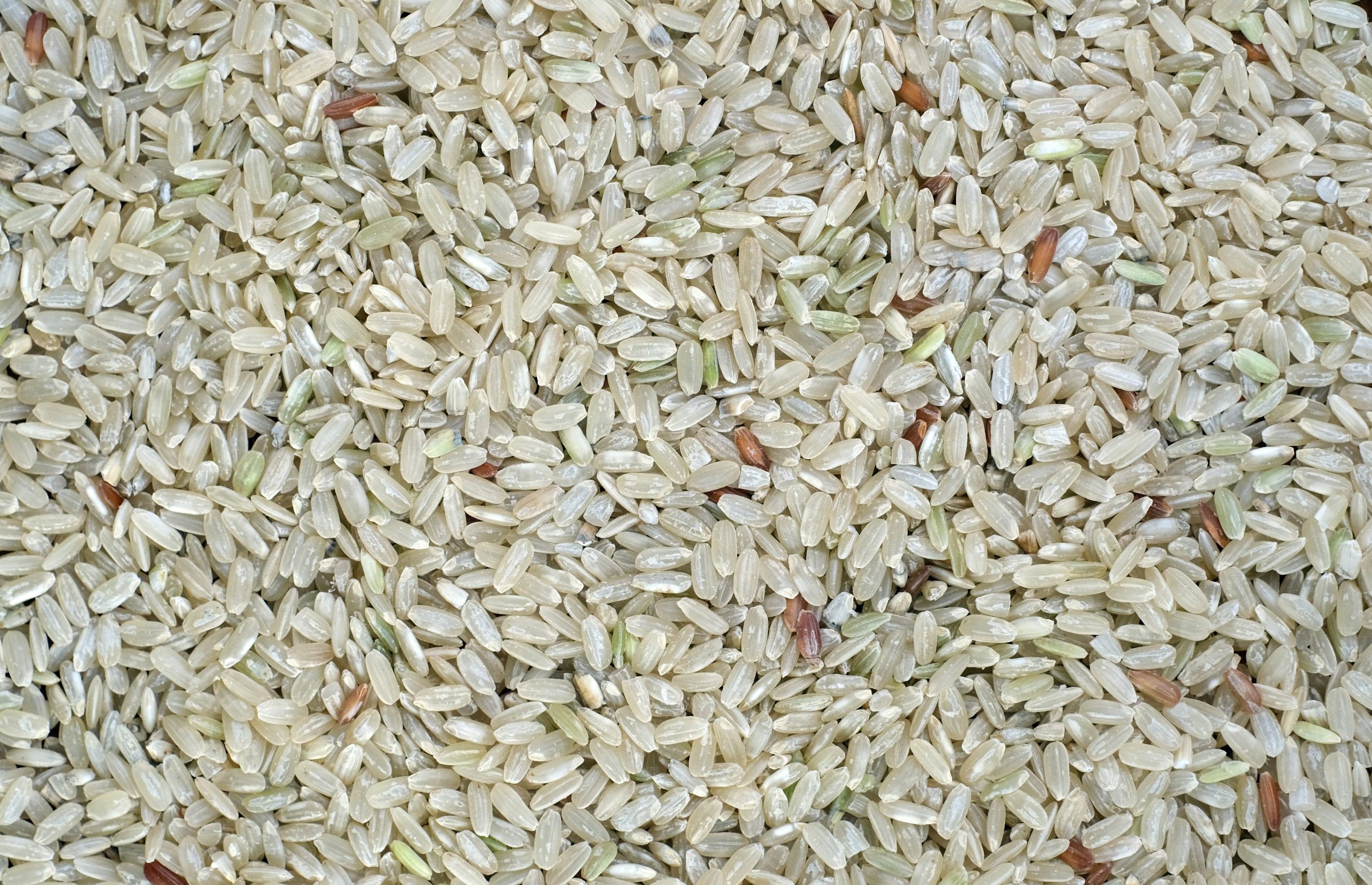Global rice production is experiencing a significant decline, affecting over 3.5 billion people, especially in the Asia-Pacific region, which consumes 90% of the world’s rice.
According to Fitch Solutions, 2023 is expected to witness the largest rice shortfall in two decades. This shortage is driving rice prices to decade-high levels, impacting food inflation and security in regions heavily reliant on rice.
The price of rice averaged $17.30 per hundredweight (cwt) in 2023, with a projected decrease to $14.50 per cwt in 2024. However, prices are anticipated to remain high compared to pre-COVID levels due to tight supply.
Fitch Solutions forecasts a global rice deficit of 8.7 million tonnes for the 2022/2023 period, the largest since the 18.6 million-tonne deficit in 2003/2004.
Several factors contribute to the current shortage. Severe flooding in key rice-producing regions like China and Pakistan has devastated crops.

In China, heavy monsoon rains in Guangxi and Guangdong provinces led to the highest rainfall in two decades. Similarly, Pakistan’s rice production plummeted by 31% due to last year’s severe flooding.
The ongoing war in Ukraine and adverse weather conditions have exacerbated the crisis. El Niño events further threaten rice crops, while increased demand due to higher prices of other grains has driven rice substitution.
Countries heavily dependent on rice, such as Indonesia, the Philippines, Malaysia, and several African nations, are facing higher import costs and depleting stockpiles. India’s export restrictions on broken rice have also contributed to price surges.
Despite these challenges, there is hope for recovery. Fitch Solutions anticipates that the global rice market may rebalance in 2023/2024, with a potential surplus in 2024/2025. This rebound depends on favorable weather conditions, particularly in major producers like India, which is expected to play a crucial role in stabilizing global rice production.

